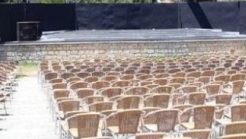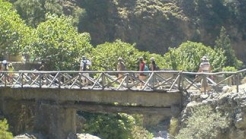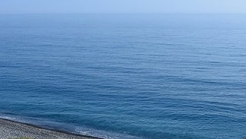

Greece
The museum was founded in 1967 and opened in September 1993. Housed in a building that exemplifies local traditional architecture and developed at two levels.
The museum was founded in 1967 and opened in September 1993. Housed in a building that exemplifies local traditional architecture and developed at two levels. Part of the building was built during the Venetian rule, and the floor was during the Turkish domination. As the residence until the end of the last century. The Community Gavalochorioy was donated by the couple George and Mary Stylianaki.
The report of the items is in accordance with the modern museum perception, with explanatory texts, photographs, drawings, mock-ups and enriched each year with new exhibits. Includes 7 rooms for the following sections: “Κamarospito”, “Silk”, “Ceramics”, “Κοpaneli”, “Petrades-Lithoksoi”, “Church, woodwork and metalwork”.
Located in the historic part of the museum’s exhibits are weapons and swords by the protracted games of Cretan for freedom, small part of painting tables and historical does, in which documents are displayed the most important events in Greek and Cretan history. Currencies Roman, Byzantine, Venetian, Turkish, Cretan State and currency of Syracuse (405-345b.c. ). Also,medals of locals residences, that gained in battlefields.


As every year, this year the Municipality prepared with great care the program of this summer's events "HERAKLION - SUMMER 2018". These events will take place at the Municipal Gardens Theater "N. Kazantzakis "," M. Hatzidakis ", at the" Bethlehem "Gates (South and North) and at the Basilica of St


The biggest canyon in Europe and one of the biggest shoreside canyons in the Balkans, it is located in the Chania Prefecture on the White Mountain line, and is a unique experience for any visitor.


The beach of Agia Roumeli with the white pebbles expands on the edge of the village which goes by the same name, on the exit of the Canyon of Samaria.-On the other hand, if you are looking for something more isolated, follow the E4 path east for 30 minutes up until you reach Agios Pavlos.
1039 Ε 6061 01515 00